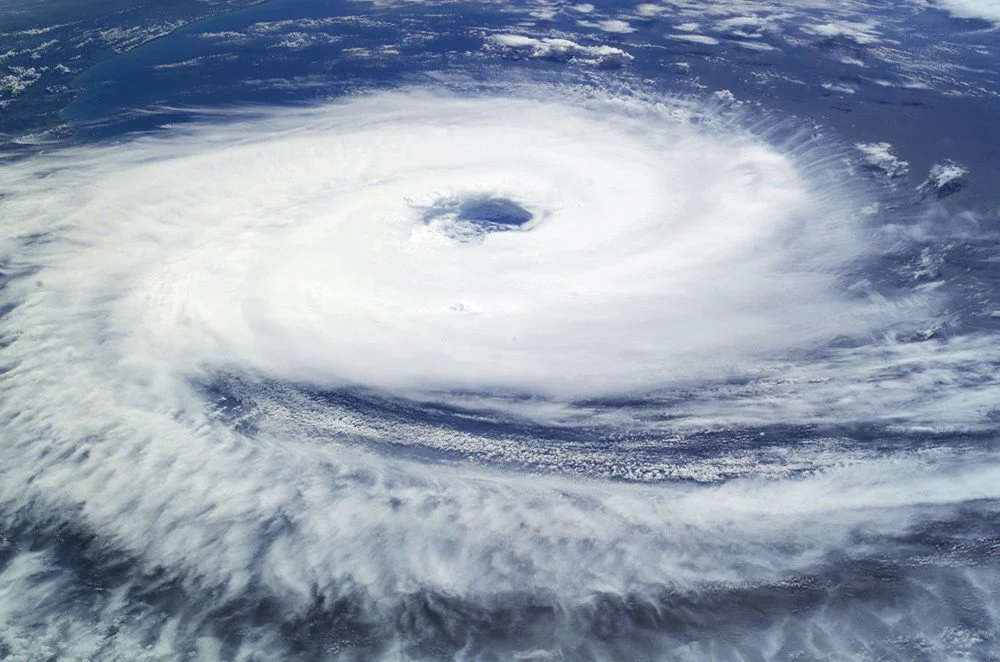Hurricanes & Homeowners
As all residents know, living in Florida comes with year-long blessings, such as sunshine 24/7 and 663 miles of beautiful beaches. It’s practically what all Floridians came here for, and as a result, the love for our beautiful state never fades. However, the Sunshine State isn’t all sunshine all the time; with periodic hurricanes and tropical storms, locals must be ready for the days when the sun takes a backseat.
While it’s already August, hurricane season isn’t quite over yet; the storm spell lasts all the way until November 30th. Since Florida isn’t in the clear just yet, we’ve put together the only storm preparation guide you’ll ever need to sustain you until this period is over.
Understanding the Storm’s Category
Rated from 1 to a 5, knowing a storm’s category is crucial in understanding the impact it’ll have on your area and the extent of your preparations. In a Category 1 storm, winds are 74-95 mph, and while the risk for property damage is low, power lines and weak trees become vulnerable to the strong winds. In a Category 2, the winds kick up to 96-110 mph, with property damage becoming a more likely occurrence. From this category and beyond, you’ll definitely want to board up windows and take other necessary precautions. During Category 3 or 4 storms, long term power outages and property damage is inevitable in 111-155 mph winds, and if you’re in the direct path of a Category 4 storm, you may seriously consider evacuation. Flooding and structural damage occur in this category, too. Finally, there’s the Category 5 hurricane; with winds greater than 155 mph, the area in the direct path will definitely be uninhabitable for weeks, meaning evacuation is absolutely necessary. Click this link to find your evacuation zone.
Preparing Before and After the Storm
You’ll want to do everything you can leading up to the storm to ensure you’re prepared for anything that comes your way, like long-lasting power outages and contaminated water. You’ll want to make sure you head to the grocery and hardware store as soon as possible to stock up on non-perishable foods, medicine & toiletries, batteries, flashlights, etc; fill your car up with a full tank of gas, and maybe even fill up some extra containers in case you need to evacuate; make a quick stop at your local bank or ATM machine to have some cash on hand in case the power goes out in your area; inspect your home for insurance purposes in the event that damage does happen; call local maintenance professionals if you're in need of any heavy-duty materials to be installed; and finally, make a plan for you and your family in case the situation becomes dangerous.
When it’s all over and done with, first thing’s first: assess the damage. If you have any property damage, make sure you document it and file a claim with your insurance company as soon as possible. You’ll also want to contact local hotels in the area for accommodations in case your power is out for an extended period of time. If your property was spared by the storm, start removing boards and shutters and clearing up debris so you can get back to normal as soon as possible.
Though they’re an occasional scary occurrence, hurricanes are manageable with the right knowledge and support on your side. Let the Collins & Company team be your go-to call before, during, and after the storm.
